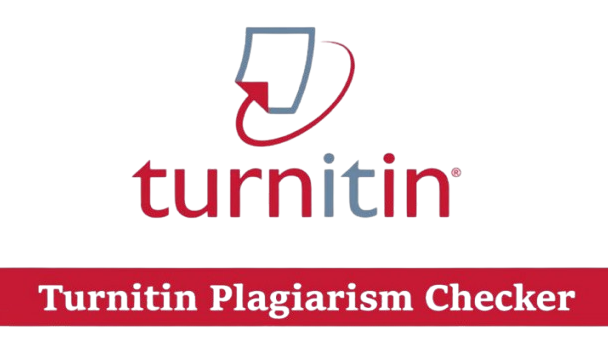FRIENDLY ISLAMIC PREACHING THROUGH LITERARY WORKS: STUDY OF LUKISAN KALIGRAFI SHORT STORY COLLECTION BY A. MUSTOFA BISRI
DOI:
https://doi.org/10.21580/tos.v9i1.5361Keywords:
Da'wah, Islam, Friendly, Short Story, Lukisan kaligrafiAbstract
This paper dedicated to examine and explore the model of dakwah found in the collection of short stories Lukisan Kaligrafi by A. Mustofa Bisri. The dakwah model examined in this paper is a friendly Islamic dakwah model. Friendly Islam is the face of Islam that is full of politeness and tolerance, not the face of Islam which is hard and full of anger. The collection of short stories Lukisan Kaligrafi is suitable as a medium to preach this friendly Islam because the short stories in this collection of short stories tell the twists and turns of the Islamic religious life experienced by the characters in each of the short stories. Therefore, this paper will try to identify (1) the proselytizing politeness in a collection of short stories Lukisan Kaligrafi and (2) the portrait of religious tolerance in a collection of short stories Lukisan Kaligrafi. Accentuating the friendly face of Islam is important because today the face of Islam is heavily tarnished by the actions of some groups acting in the name of Islam by acting outside the meaning of Islam which is rahmatan lil ‘ālamīnDownloads
References
A. Mustofa Bisri. Lukisan Kaligrafi. Jakarta: Kompas, 2009.
Ali, H. “Menakar Jumlah Jamaah N U Dan Muhammadiyah,” 2017.
Creswell, John W. Research Design: Qualitative, Quantitative and Mixed Approaches. Research Design: Qualitative, Quantitative, and Mixed Methods Approaches. 3rd ed., 2009.
Efendi, D. “Kemusliman Dan Kemajemukan.” In Dialog: Kritik Dan Identitas Agama, edited by Sumatrana. Yogyakarta: Dian-Interfidel, 1994.
Hamdi, A Z. “Berebut Identitas Nahdliyin,” 2017.
Hanafi, A. Segi-Segi Kesusastraan Pada Kisah-Kisah Al Quran. Jakarta: Pustaka Alhusna, 1984.
Hosen, N. Tafsir Al Quran Di Medsos. Yogyakarta: Bentang Pustaka, 2019.
Indonesia, B B C. “Serangan Bom Di Tiga Gereja Surabaya: Pelaku Bom Bunuh Diri ‘Perempuan Yang Membawa Dua Anak,’” 2018.
Lincoln, Yvonna S, and Egon G Guba. Naturalist Inquiry. Beverly Hills, CA: Sage, n.d.
Lings, Martin. Muhammad, Kisah Hidup Nabi Berdasarkan Sumber Klasik. Jakarta: Serambi, 2013.
Maslahah, Siti. “THE SPIRITUAL MEANING OF SULUK IN SYI’IR TANPA WATON.” Teosofia: Indonesian Journal of Islamic Mysticism 7, No. 2 (2018): 115--136. https://doi.org/10.21580/TOS.V7I2.4405.
Misrawi, Z. Toleransi versus Intoleransi. Jakarta: Harian KOMPAS, 2006.
Sobirin, Mohamad. “Kiai Muhaimin and His Outreach Activity of Dakwah for Promoting Moderation and Preventing Conflict: Seeding Pluralism Vis-a-Vis Preaching Religion.” RELIGIA 21, no. 2 (2018): 125–40. https://doi.org/10.28918/religia.v21i2.1505.
———. “Negotiating Tradition and Innovation Upon The Cross-Generational Art Of Singiran (Improvisation, Cultural Identity and Millennial Community).” Teosofia: Indonesian Journal of Islamic Mysticism 8, No. 1 (2019): 59–81. https://doi.org/10.21580/TOS.V8I1.5300.
———. “Portraying Peaceful Coexistence and Mutual Tolerance Between Santri and Chinese Community in Lasem.” Walisongo: Jurnal Penelitian Sosial Keagamaan 25, No. 2 (2017): 361–82. https://doi.org/10.21580/ws.25.2.1860.
Sunyoto, A. Atlas Wali Songo. Depok: Pustaka IIMaN, 2016.
Teeuw, A. Sastra Dan Ilmu Sastra, Bandung: Pustaka Jaya, 1984.
Downloads
Additional Files
Published
How to Cite
Issue
Section
License
Copyright
The copyright of the received article shall be assigned to the journal as the publisher of the journal. The intended copyright includes the right to publish the article in various forms (including reprints). The journal maintains the publishing rights to the published articles. Therefore, the author must submit a statement of the Copyright Transfer Agreement.*)
Licensing

This work is licensed under a Creative Commons Attribution-ShareAlike 4.0 International License.
In line with the license, authors are allowed to share and adapt the material. In addition, the material must be given appropriate credit, provided with a link to the license, and indicated if changes were made. If authors remix, transform or build upon the material, authors must distribute their contributions under the same license as the original.
_______
*) Authors whose articles are accepted for publication will receive confirmation via email and send a Copyright Transfer Agreement.









